Editor’s Note: Jahnvi Lakhota Nandan is a writer and perfumer with a doctorate in architectural design from the University of Tsukuba, Japan. The following article is an edited excerpt from her book “Pukka Indian: 100 Objects that Define India.”
Design is a mirror of our attitudes, and uniquely Indian gestures like churning, combing and calculating are reflected in it. Items used regularly, like tea holders and spice boxes, are part of a long-standing tradition placing the design of household objects at the core of everyday life in the country.
Other products, like auto-rickshaw meters and the shuttlecock, reflect India’s distinctive habits, materials and history.
Here are 10 objects that helped define modern Indian design.
Planter’s chair
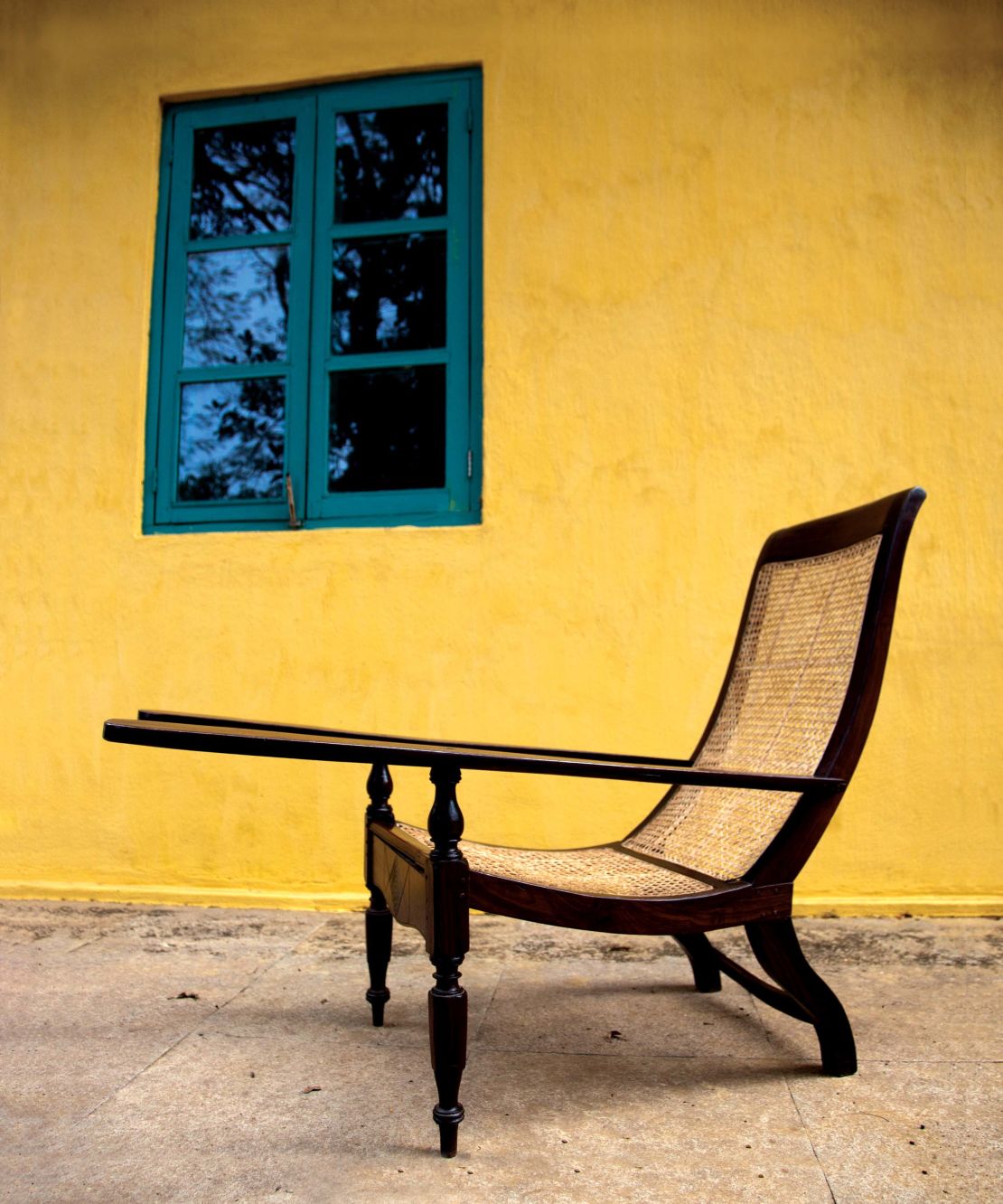
The exact origins of planter’s chairs are unknown, but the British administration is believed to have imported them to India from Sri Lanka, where they were widely used on tea plantations. The design is characterized by arm rests that pivot, creating a lounging position, and a footrest. The use of wood, with a cane weaving for the back and seat, makes the chairs much more comfortable than sofas in humid climates.
They were later exported as “Indian chairs” to British colonies, and they remain an integral part of the landscape on India’s tea plantations. The chairs still denote hierarchy, as they’re generally used by only managers and their assistants to unwind after daily rounds in the gardens.
In the rest of the country they have become collectors’ furniture, and are uninhibitedly referred to in Mumbai antique markets as the “Bombay fornicator.”
Auto-rickshaw meter
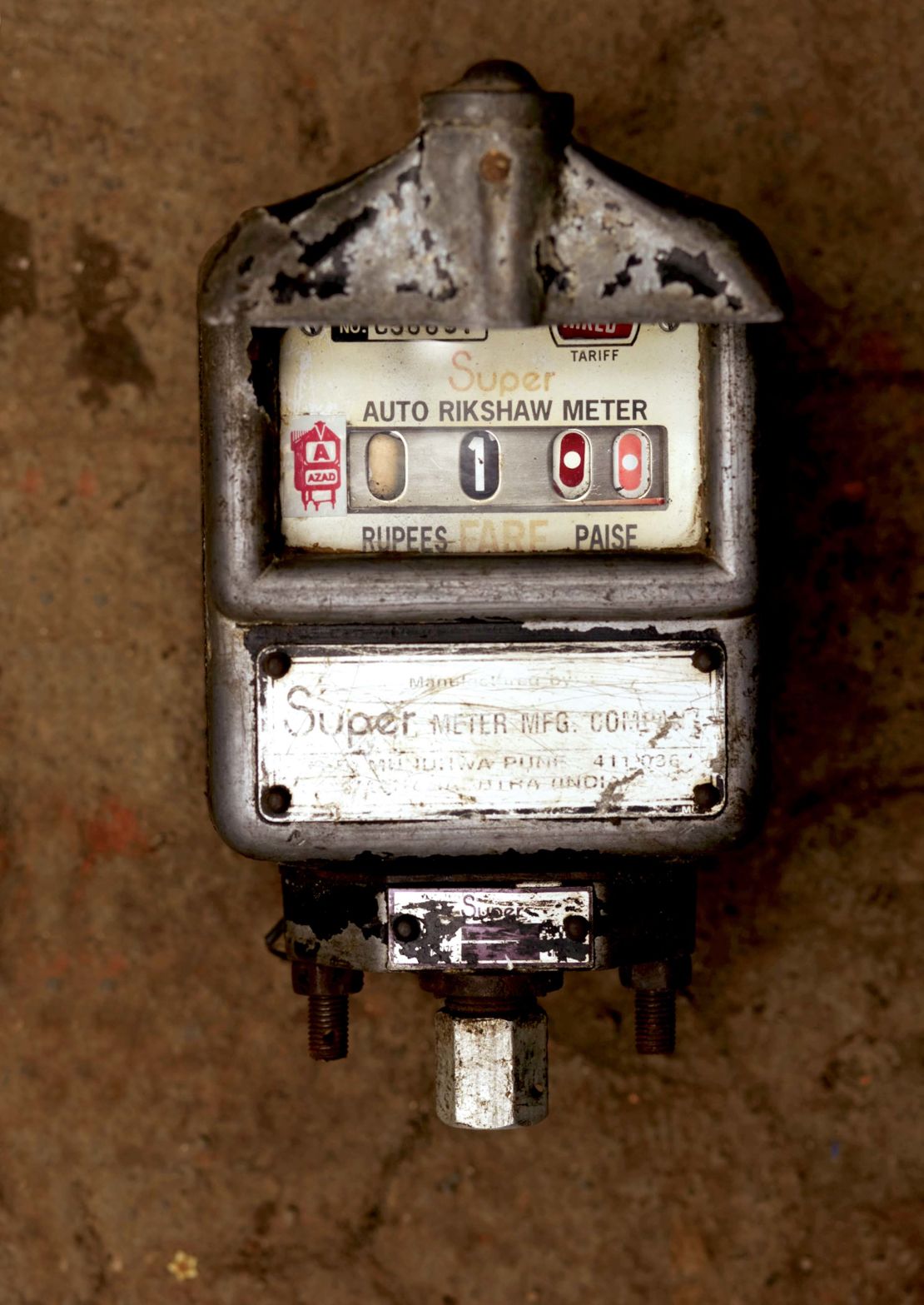
Traditionally, fare meters in Delhi’s auto-rickshaws consisted of two parts: a mechanical meter that measured the distance and displayed the rate, and a flag that started the device and signified that the vehicle was available for hire.
Fare meters in the rest of the world became electronic in the 1980s. But not in India. The price and relative complexity of the technology prevented them from being widely adopted. But the new meters also lacked something emotional – the driver couldn’t “feel” the start of his ride, which was always marked with a clockwise flick of the flag.
A new meter was devised that kept the flag but added a secondary fare display, making it easier for drivers to see. In India, “meter down” remains a visual anchor signaling the start of business for the driver – like the gunshot that starts a race, a rush of adrenalin that the push buttons simply cannot provide.
Shuttlecock
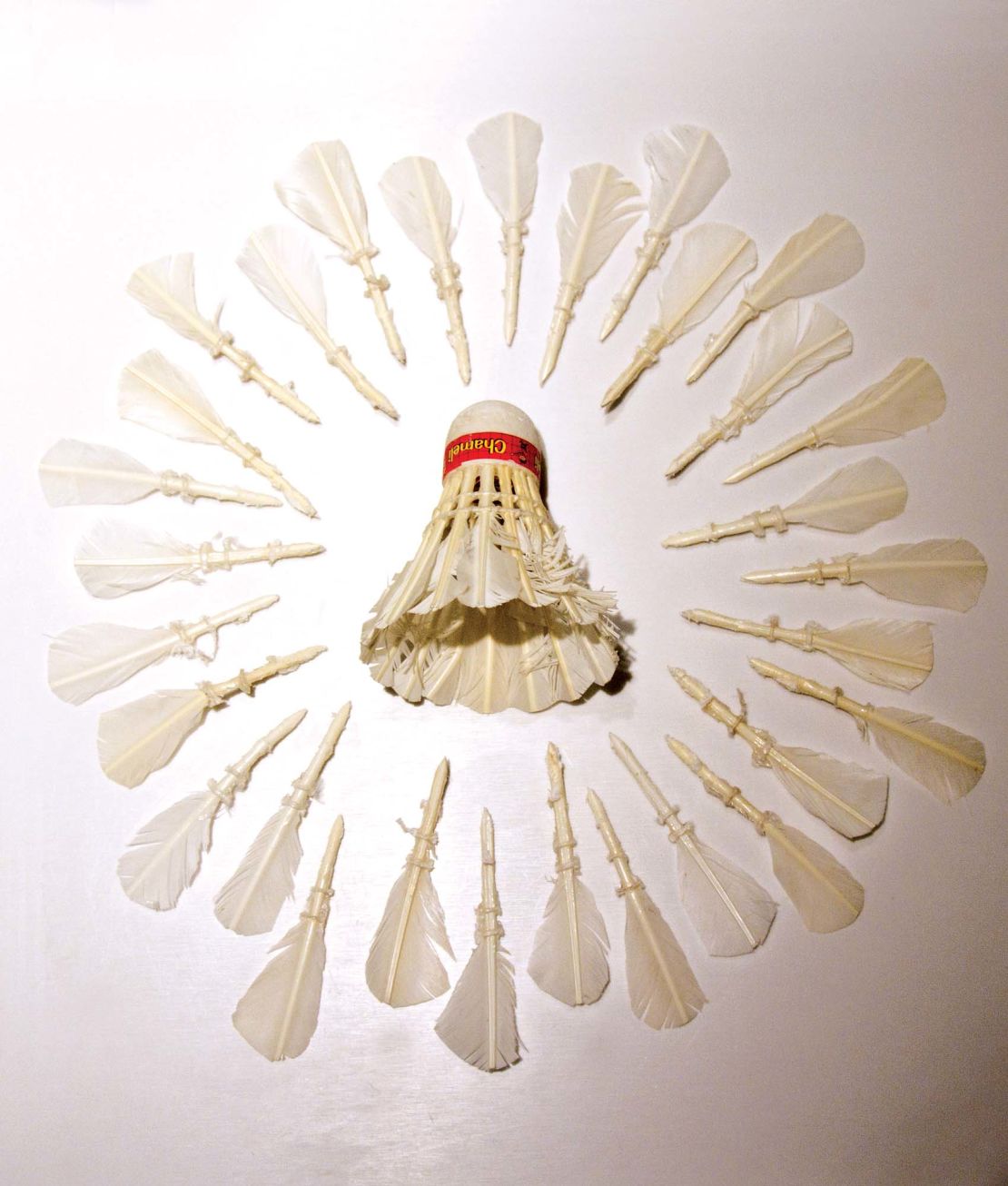
It is unknown when or where the first shuttlecocks were made. But the modern sport of badminton is believed to have come from an Indian game called Poona.
The shuttlecock is traditionally made from 16 overlapping feathers – usually goose or duck – arranged aerodynamically on a piece of cork. The feathers give shuttlecocks a high top speed, but also create drag, causing them to decelerate quicker than balls used in other racquet sports. The challenge of badminton is to predict precisely where the shuttlecock, with its varying speed and trajectory, is going to land.
Many of today’s shuttlecocks are machine-made in China but they continue to be handmade in India. In Jadurberia near Kolkata, one of the many villages in the the country’s shuttlecock-making belt, each feather is thoroughly cleaned and dried in the sun before the edges are neatly trimmed to align with the cork.
Charkha
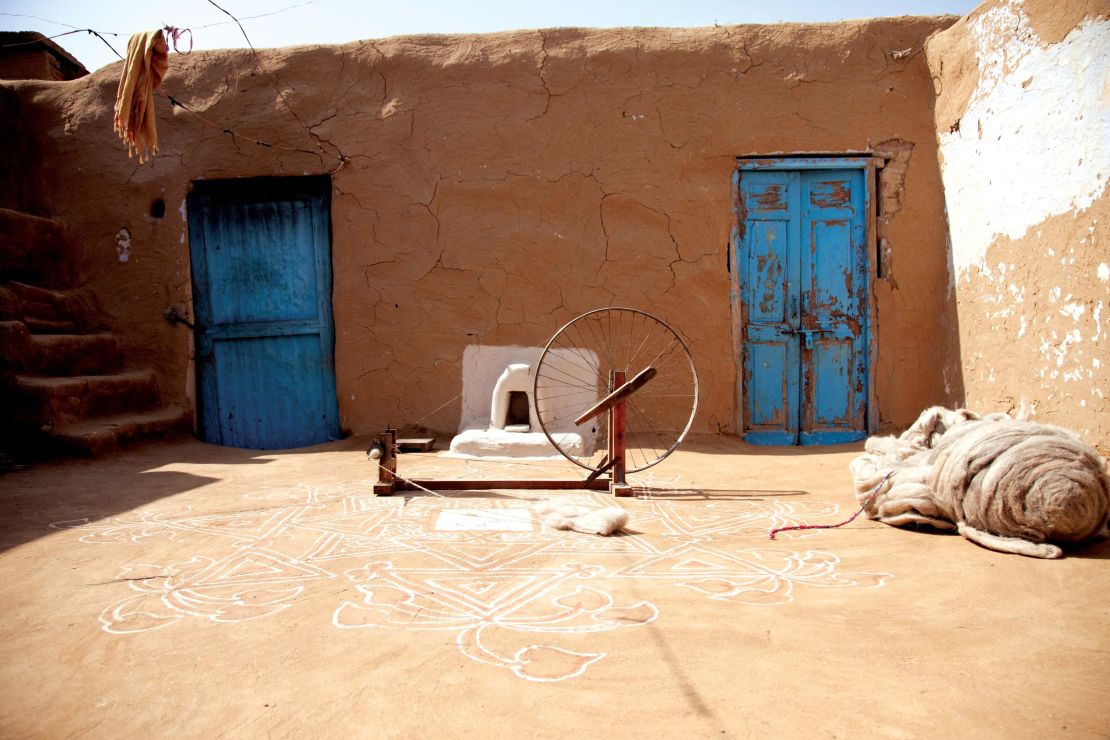
The charkha, or spinning wheel, is one of the most iconic objects of modern India. When India adopted its first flag in 1931, a charkha was placed at its center.
These hand-spun devices comprise a wooden drive wheel, manually turned, and a spindle. Cotton is spun by hand on the tip of this spindle. Charkhas are often lovingly painted and decorated with metal and glasswork to give each one a special identity. They were placed in every family courtyard where women would spin together while singing hymns.
For centuries, the activity of spinning united the country, transcending regional, caste, class, language and religious diversities. The charkha also became a symbol of economic independence when, in the 1920s, Mahatma Gandhi and other members of the Indian nationalist movement adopted it as a symbol. Spinning on charkhas became a practice to assert the desire for self-rule.
Masala Dani

Every Indian kitchen is equipped with a spice box, or masala dani, although the contents vary from home to home.
Traditionally these boxes were carved from a single slice of tree trunk, with multiple recesses to hold different spices. Moisture would filter through the wood naturally, allowing the contents to breathe while keeping them dry in South India’s humid environment.
In the 1950s and 1960s, most kitchen utensils were made of stainless steel, which became fashionable because the items always looked new. This meant that spice boxes were lighter and smaller, but their form didn’t change.
Steel masala dani are large round boxes with, usually, seven smaller containers. As none of the small compartments have individual tops, the whole box is covered with a flat round lid after use, and put away until the next meal.
Fighter Kites
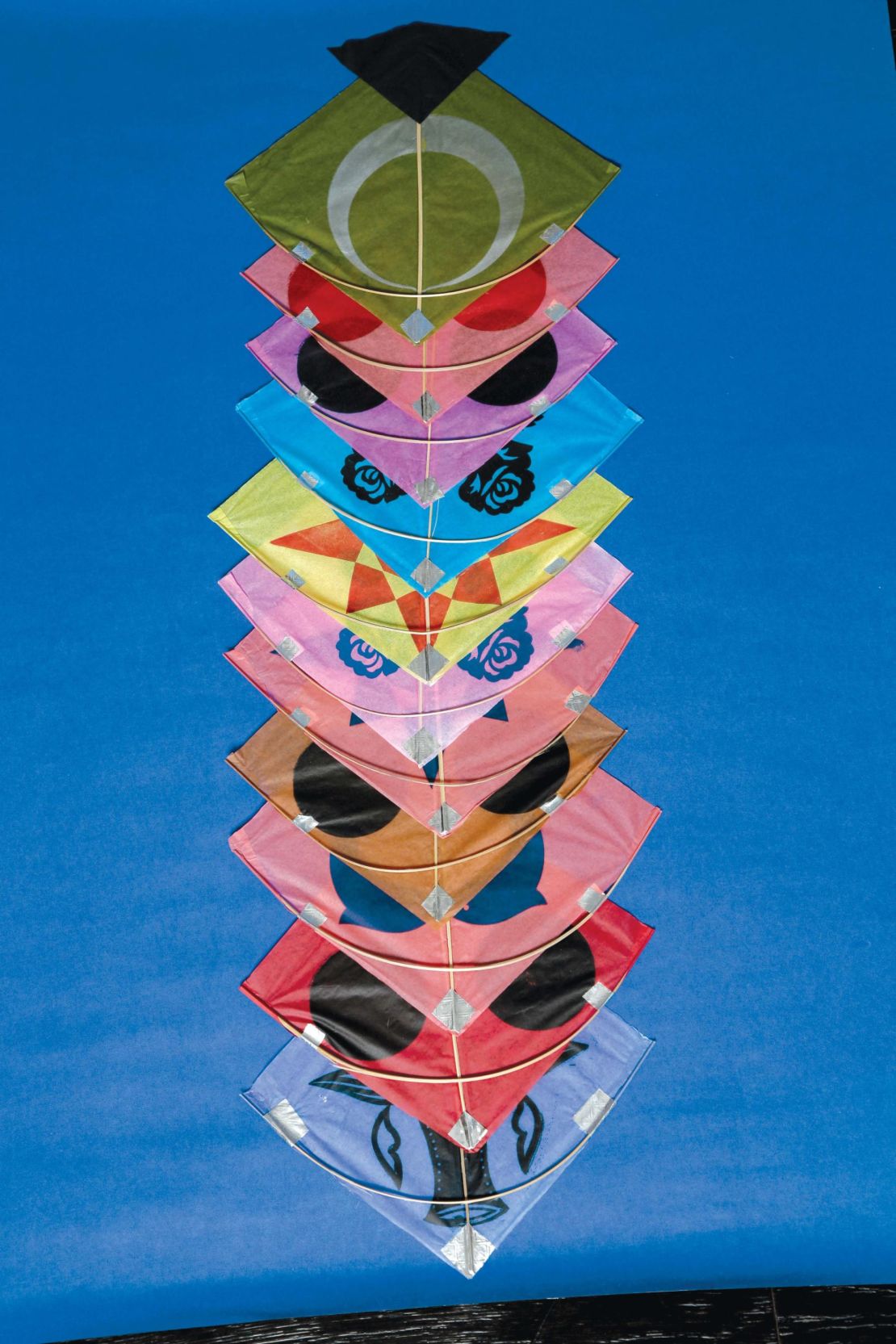
Patang, or fighter kites, are light, strong and able to make swift movements up, down, left and right. They follow one basic form: small paper squares kept in shape with two bamboo sticks, a straight longitudinal one and another that joins both sides in an arc. This arc is crucial as it increases the flexibility of the kite.
Among kite-flying countries, India’s look the simplest because they are designed to “fight.” The game is to fly high and then maintain supremacy by cutting the threads of other kites. The manja, or kite thread, is made of cotton but covered with glass powder and rice starch so that it cuts sharply.
There is a technique to the fighting. To cut and win, the best position is to hold the string between the thumb and the index finger, letting the rope slide easily between them.
Dhoti
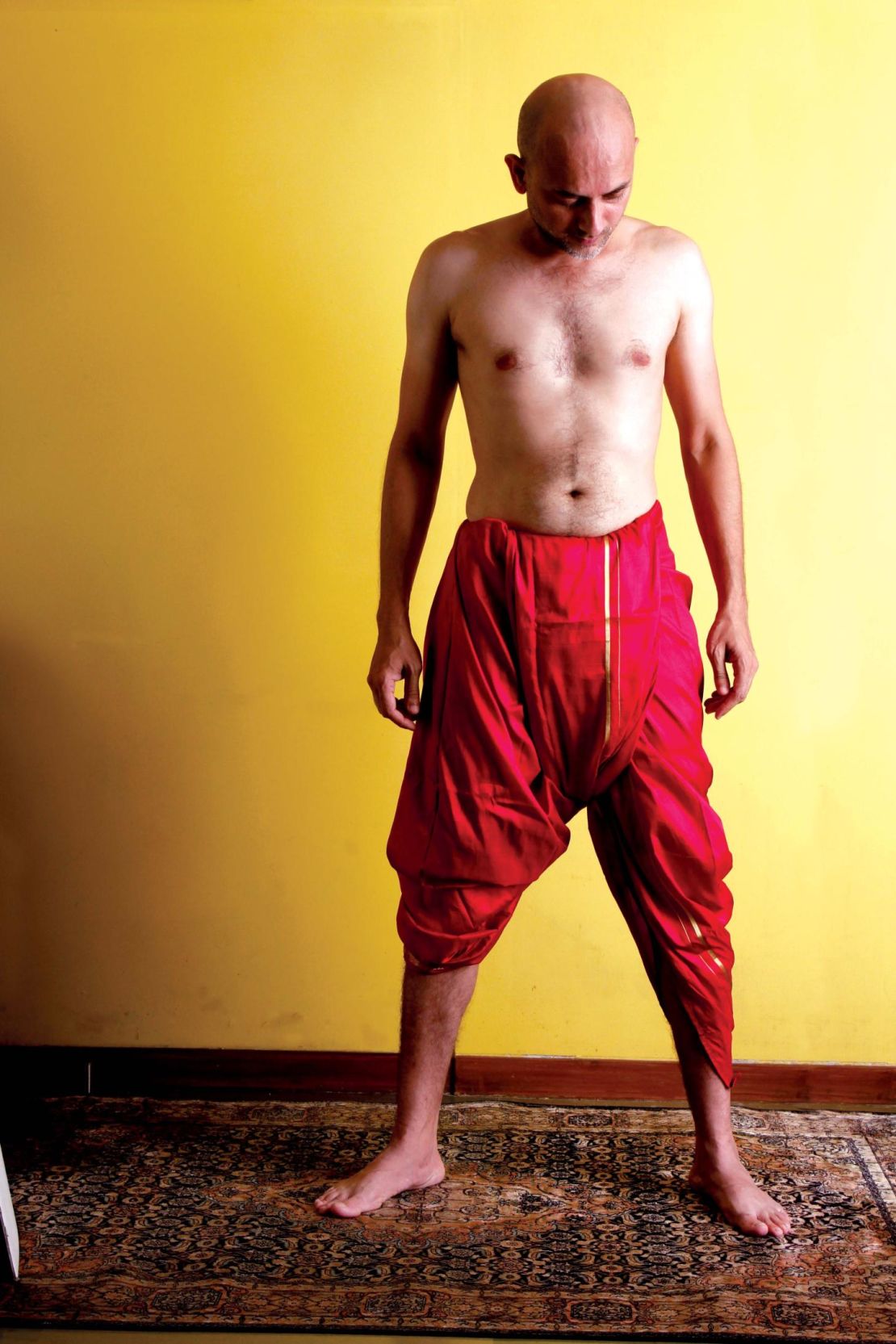
The palm-leaf-like fan created by the dhoti’s pleats turn a 15-foot cloth into an article of clothing. To wear a dhoti – which is white in cotton, or beige in silk – the fabric is tied around the waist in a knot. The remaining piece is then pleated, tucked into the waist and draped elegantly around the legs.
When the cartoonist R.K. Laxman created “The Common Man,” the longest-running cartoon in India, he dressed his character in a dhoti as a representation of an everyday person. It was the most common lower garment worn by men in India until the 19th century, when work often demanded more “cosmopolitan” clothing.
In recent years however, women have put a contemporary spin on the dhoti by wearing them as “dhoti salwars” – pants stitched with pleating inside the leg, giving volume and presence to the silhouette.
Godrej Typewriter

To make a typewriter is a feat in itself, but Indian firm Godrej went a step further and introduced keyboards in multiple languages – something unheard of when its groundbreaking model was introduced in 1955. In addition to English and mathematical symbols, the keyboard was equipped with Hindi, Marathi, Gujarati, Tamil, Telugu and Kannada.
Godrej closely studied the designs of different imported brands like Remington, Olivetti and Underwood. Christened Godrej AB (after the firm’s founder), the resulting typewriter was made up of 2,220 individual parts and came in two conservative colors – brown and green.
Between 1965 and 1970, almost 25,000 of the machines went to market, revolutionizing communication in all parts of the country. Typing became a national hobby for those who could buy one, while national competitions brought about publicity and recognition for the fastest typists.
Chaidaan

The tea caddy is essential to India’s street culture. Known simply as a chaidaan (or chai holder), it is a mobile holder fashioned out of metal with cylindrical compartments for carrying fluted glasses of tea to offices and shops throughout the working day.
The simplest ones are woven from wire and shaped like a basket with many compartments into which the glass can slide into. Others are molded out of iron strips that fit like a glove around each glass.
The chaidaan’s simplicity does not diminish how remarkably well the object functions. Its makers are masters of flexibility, fashioning holders at a very short notice for two to twelve glasses and sometimes more.
The glasses are not necessarily laid side by side but sometimes in a pyramid form, which makes the holder compact and avoids spilling while carrying. (In Mumbai, young boys often wade through waist-deep water transporting steaming glasses of chaidaan during the monsoons.)
Royal Enfield

After independence, the Indian military agreed to acquire 800 motorcycles from England’s Enfield Cycle Company – on the condition that they were manufactured indigenously. By 1955, all components of the Royal Enfield Bullet were being made in Madras (now known as Chennai).
Popularized by the army and police, the Bullet became a machine of desire for young people. In many parts of the country, the Royal Enfield was the preferred first bike for motorcycle enthusiasts.
In 1970, the English parent company closed production as its counterpart in India flourished. But by the late 1990s, the company began losing market share to lighter, inexpensive Japanese bikes. To combat this, Enfield launched the Electra in 2001 (pictured above) and repositioned itself as a leisure bike rather than a military machine. The seating was made more comfortable, indicators were added and the mudguards were remodeled.
“Pukka Indian: 100 Objects that Define India,” published by Roli Books, is available September 1, 2018.



